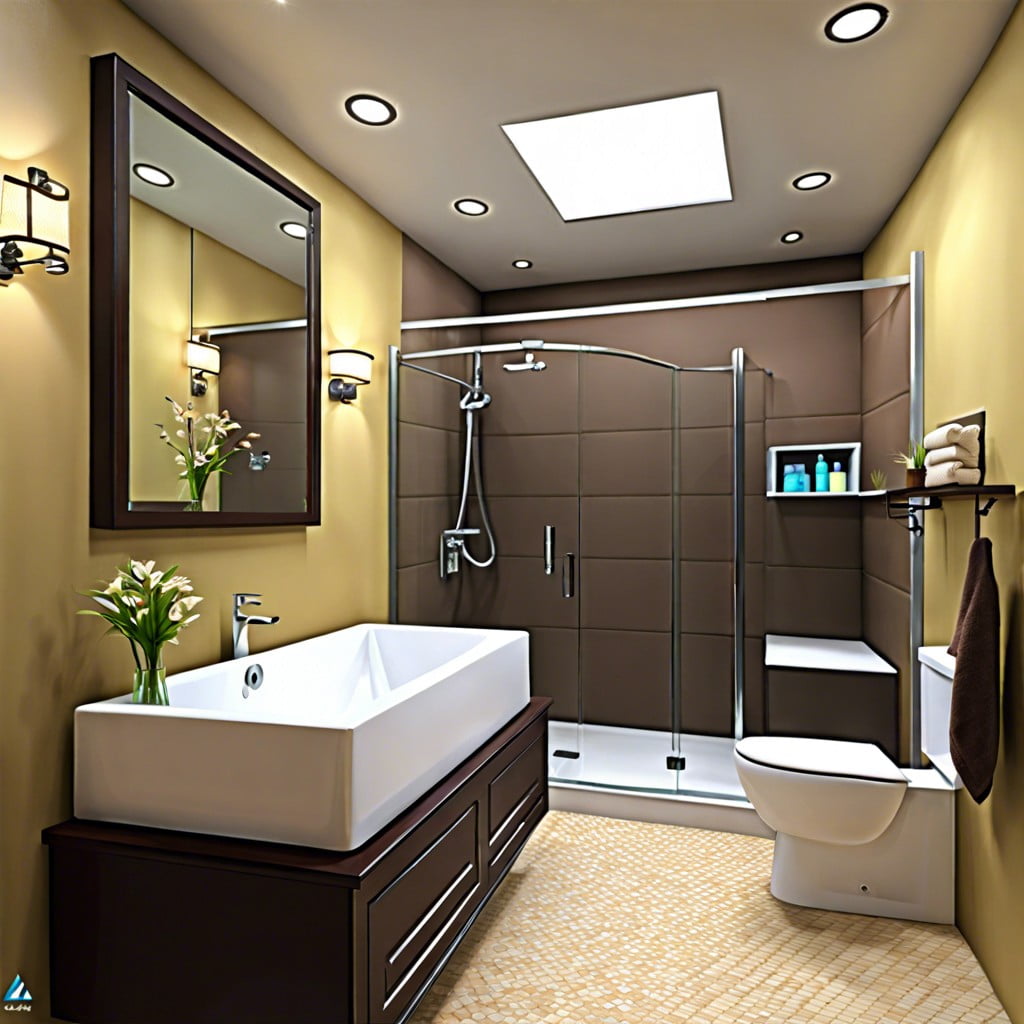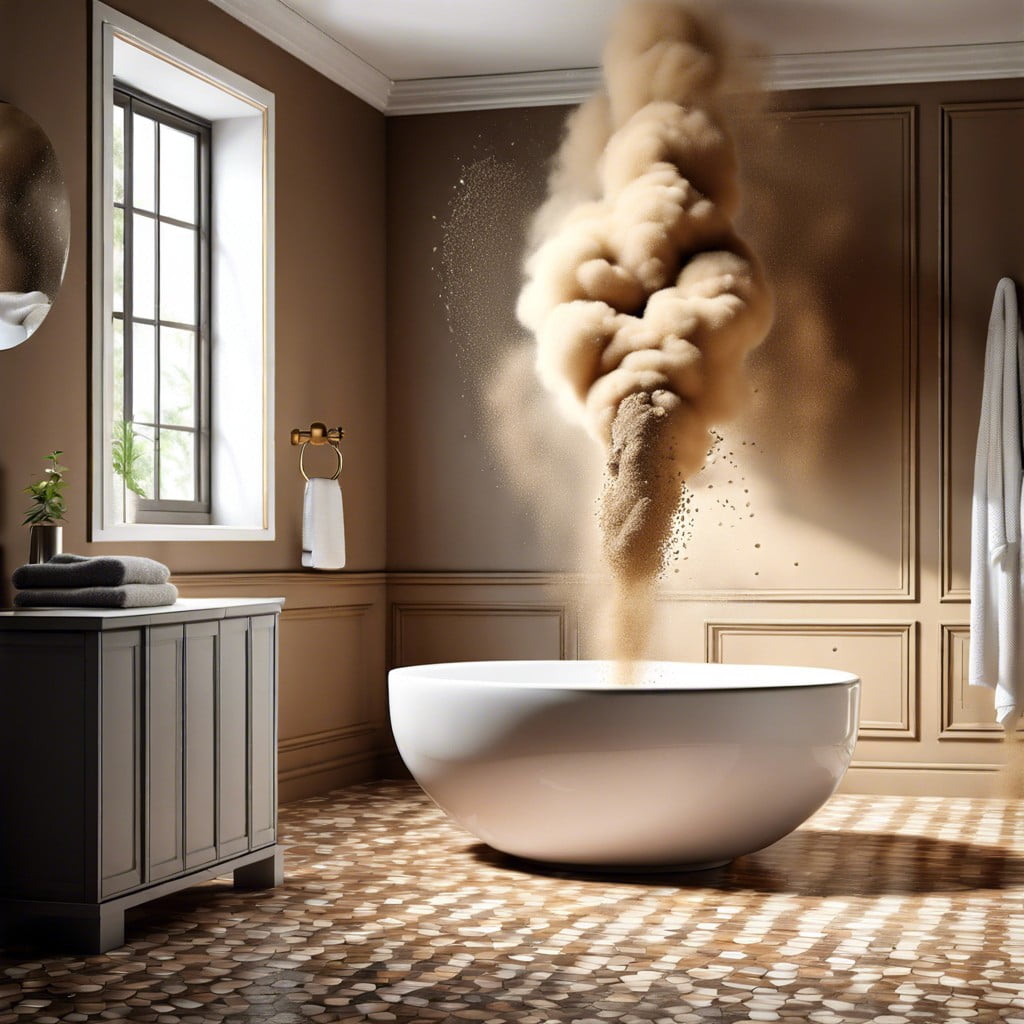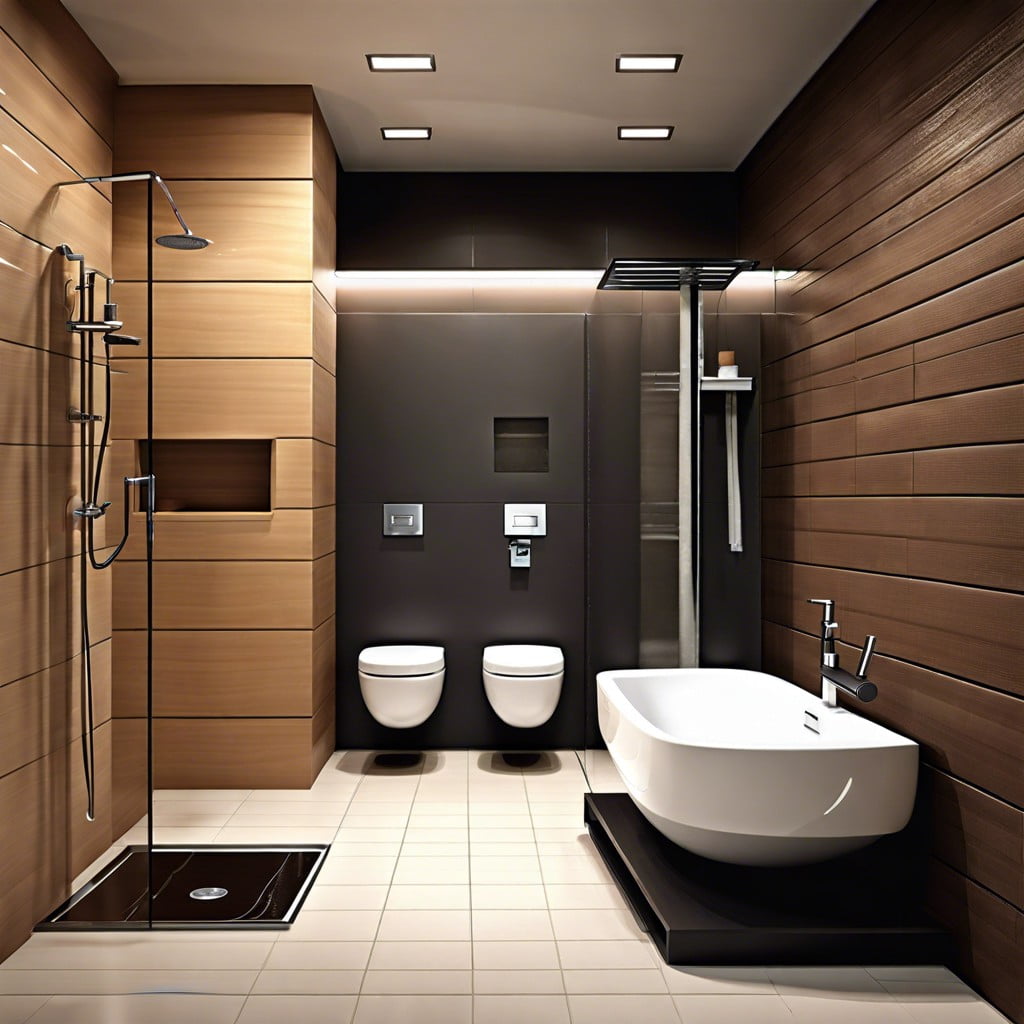Last updated on
This article will provide simple and effective strategies to manage and prevent the infestation of gnats in your bathroom.
Key takeaways:
- Understanding gnats: They are fungus gnats drawn to moisture.
- Identifying gnat infestations: Look for swarms and a sweet odor.
- Causes of gnats: Moisture, leaks, organic material, and poor ventilation.
- Eliminating breeding grounds: Remove water, clean drains, and dehumidify.
- Preventive measures: Keep bathroom dry, clean drains, use essential oils, and add screens.
Understanding Gnats
Often mistaken as fruit flies, these tiny pests are actually fungus gnats, which thrive in damp conditions. Unlike their fruit-loving counterparts, fungus gnats are drawn to moisture and organic material.
They are not mere nuisances but can also be a symptom of excessive moisture that needs addressing to prevent other issues like mold. While they don’t bite or spread diseases, their presence can signal overwatered plants or leaks that need fixing.
It’s essential to distinguish between different small flies, as each type requires specific strategies to manage effectively.
Identifying Gnat Infestations
Spotting these tiny pests often starts with eyeing the occasional flyer around your bathroom, typically near the sink or shower drains. If it’s more than a sporadic sighting, you might be dealing with an infestation. Gnats tend to hover in swarms; hence, consistent groups of these insects indicate a larger problem.
Another telltale sign is their attraction to moisture and organic material: if you’ve been noticing them around damp towels or overfilled trash bins, that’s your clue. Lastly, if there’s a sweet, musty odor in your bathroom – pay attention. This could be the aroma of their breeding ground, indicating it’s high time to tackle the issue.
What Causes Gnats?
Moisture is a magnet for gnats, and bathrooms provide an idyllic breeding ground due to high humidity and standing water. Leaky faucets or pipes contribute to the damp environment, essentially rolling out a welcome mat for these pests. Organic matter, such as hair and soap scum in drains, also offers a feast for gnat larvae.
Additionally, overwatered plants in the bathroom can create soil conditions ripe for gnat proliferation. Poor ventilation exacerbates these issues, making it crucial to address these causes to keep gnats at bay.
Eliminating Breeding Grounds
Address the issue at its core: stagnant water is a gnat’s paradise. Remove any puddles or residual water from sinks, showers, and tubs immediately after use. Fix leaks promptly; a dripping faucet is an open invitation for a gnat soiree.
Keep drains clear and clean. Organic material, a gnat delicacy, often accumulates here. Use a mixture of baking soda and vinegar followed by hot water to naturally cleanse and deodorize pipes where gnats may breed.
Be vigilant with plant maintenance. Overwatering creates a hospitable environment for gnats. Let the soil dry between waterings, and consider covering it with sand to deter gnat larvae.
Embrace dehumidifiers. High humidity levels can encourage gnat populations. A dehumidifier reduces moisture, making the bathroom less appealing to these pests.
Never neglect regular cleaning. Wipe down surfaces, clean mirrors, and vacuum regularly to eliminate potential gnat food sources. A clean bathroom is fundamental in the battle against gnats.
Preventive Measures Against Gnats
Maintaining dry conditions in your bathroom is paramount. Gnats thrive in moisture, so addressing leaks and ensuring proper ventilation can deter their presence.
Regularly cleaning drains also plays a crucial role, as organic matter that gnats feast on often accumulates there.
Incorporating a habit of wiping down surfaces and emptying trash bins will further reduce the attractants within the bathroom environment.
Adding essential oils like eucalyptus or peppermint to cleaning solutions can act as a natural repellent, creating an unfavorable environment for gnats.
Lastly, using screens on windows and repairing any gaps will block new intruders, safeguarding your bathroom from becoming a breeding ground for these unwelcome guests.
FAQ
Why do I keep getting gnats in my bathroom?
Gnats are drawn to your bathroom due to its warm, moist environment, houseplants, sweet scents, garbage, and food residue in the sink drains or garbage disposal where they can live and reproduce.
Do gnats come in through drains?
Indeed, gnats, specifically drain gnats, can enter homes through drains and multiply rapidly, potentially leading to a significant and unsanitary issue.
Will bleach kill gnats in drain?
Indeed, while bleach can exterminate drain gnats, its potency as an environmental pollutant makes vinegar a preferable, not to mention more effective, alternative for cleansing your drain pipes.
How do I get rid of drain gnats permanently?
To eradicate drain gnats permanently, a concoction of equal parts salt and baking soda combined with double the amount of vinegar should be poured down the affected drain, left overnight, and followed by boiling water in the morning to eliminate any remaining breeding grounds.
Could overwatering plants in the bathroom contribute to a gnat infestation?
Yes, overwatering plants in the bathroom can indeed lead to a gnat infestation, as the excess moisture creates an ideal breeding environment for these pests.
Does consistent bathroom ventilation aid in reducing gnat population?
Yes, consistent bathroom ventilation aids in reducing the gnat population by limiting the damp, stagnant environment they thrive in.
Can gnats in a bathroom be indicative of hidden water leaks?
Yes, the presence of gnats in a bathroom can suggest hidden water leaks as they are attracted to damp environments.
Recap




